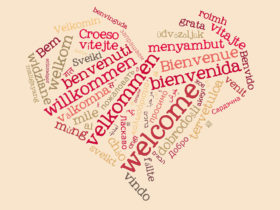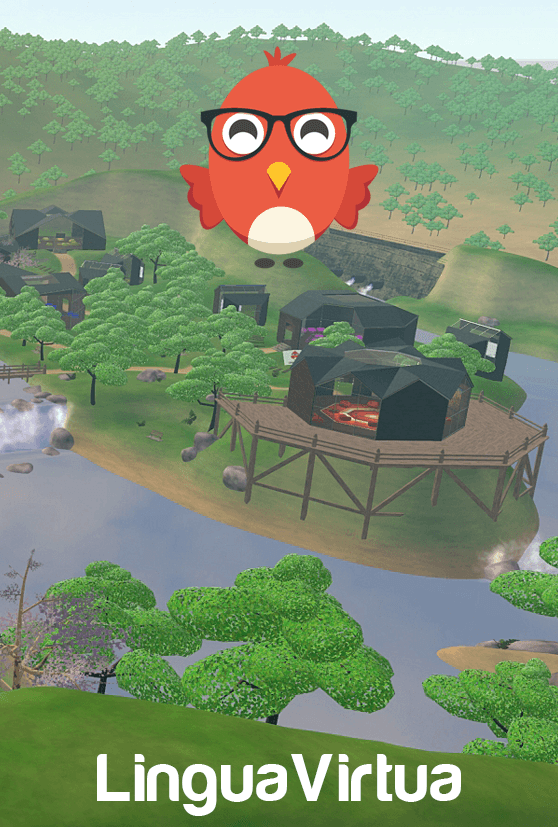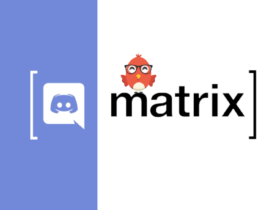In the fictional realm, there are certain elements that authors try to create as realistically as possible. In some cases, it’s the language. In fact, some prolific writers such as J.R.R. Tolkien and George R.R. Martin created entirely new languages that are unique to their respective fictional worlds.
These fictional languages are popularly called conlangs, or constructed languages. Here, we’ll explore what a conlang is, as well as some examples, and where to learn them.
What Is a Constructed Language (Conlang)?
A conlang is a made-up language that has its own detailed lexicon, phonology, grammar, writing system, and other linguistic intricacies. Conlang is also often termed as an artificial or invented language.
Types of Conlangs
Beyond the usage in fictional stories (termed as artistic languages), new language systems are constructed for a variety of reasons.
Some are engineered for the purpose of experimentation in linguistics (i.e., engineered languages such as Láadan and Loglan), while others are specifically devised for international communication (i.e., auxiliary languages such as Lingua Franca Nova, Pig Latin, and Folkspraak). Wikipedia created an exhaustive list of conlangs, each categorized into auxiliary languages, ritual languages, engineered languages, artistic/fictional languages, and more.
However, the boundaries between the different “types” of conlangs in relation to their purpose are unclear. It is very much possible that a conlang could fall into more than just one “type.”
Examples of Popular Conlangs and Where to Learn Them
Society has been constructing new languages since ancient times, often only known to its locality. However, a few modern-day conlangs have made its way into international recognition, mainly because they are used in popular fictional books and/or films. This has also come to the extent that you can actually learn these fictional languages.
Here are some examples of popular conlangs and where you can learn them:
1. Elvish (Lord of the Rings and The Hobbit)
In the fictional world of Lord of the Rings and The Hobbit, J.R.R. Tolkien created a number of languages, the main one being Elvish. There are two main forms of Elvish conlangs: Quenya (high Elvish) and Sindarin, which are both loosely based on Finnish and Welsh. These main forms of Elvish can then be subdivided into different fictional dialects—for example, Quendya/Vanyarin and Doriathrin, among many others.
Additionally, there are also other variants of Elvish conlangs that are created for other fictional worlds. Some of these borrow elements from Tolkien’s original Elvish, while others simply retain a similar structure. Examples of other Elvish conlangs are Darnassian and Thalassian (World of Warcraft) and Eltharin (Warhammer).
WHERE TO LEARN ELVISH:
Fans can particularly learn Quenya and Sindarin from various sources:
- Folk UIB – Detailed guide on various languages invented by J.R.R. Tolkien; specific course for the Quenya language.
- Societatea Tolkien din Romania – An exhaustive course guide on Quenya in digital book (PDF) format.
- Omniglot – Brief guides for learning Quenya and Sindarin.
- Artreii (YouTube) – 8-minute video on the basics of Sindarin.
2. Dothraki and High Valyrian (A Song of Ice and Fire)
In another fictional world of the fantasy genre, George R.R. Martin’s A Song of Ice and Fire introduced two conlangs: Dothraki and High Valyrian.
While there were only a few Dothraki words and phrases mentioned in the book, the conlang was expanded in the HBO TV series. HBO actually hired David Peterson of the Language Creation Society to help establish the full linguistic specifications of the Dothraki language, complete with its own lexicon of over 3,000 words and phonology based on a mix of Arabic and Spanish.
Peterson also worked on expanding another conlang in the same book/TV series, High Valyrian, which is the language spoken in the fictional region called Essos. He developed a Valyrian writing system that is a little similar to Egyptian hieroglyphs and a set of lexicon that is based on Latin. Currently, there are 667 High Valyrian words in development.
WHERE TO LEARN DOTHRAKI AND HIGH VALYRIAN:
- University of California Berkeley – In 2017, a summer class taught by David Peterson himself was offered to UC Berkeley, which included learning how to speak the Dothraki language.
- Living Language – A website that provides links to learn Dothraki in 3 methods: book and CD package, online course, or through a dedicated app.
- Duolingo – The language learning website and app offer High Valyrian language lessons.
- Academy of High Valyrian – A series of YouTube videos on how to speak High Valyrian.
3. Klingon (Star Trek)
Klingon is among the longest-standing conlangs in the fictional world, created specifically for the Star Trek franchise. The development of the full working language of Klingon was not established until the third installment of the film in 1984.
The conlang’s basics, however, were based on the sounds and words devised by Scotty (actor James Doohan) and producer Jon Povill in the first film. From then on, the language and its fictional culture were further developed over the years by linguist Marc Okrand. Purposely designed to sound “alien,” Klingon has several typologically uncommon features, which may be difficult to learn at first. However, there is a small number of fluent Klingon speakers and even a society called Klingon Language Institute that offers membership to avid Star Trek fans.
WHERE TO LEARN KLINGON:
- Klingon Dictionary – Authored by Marc Okrand, the Klingon Dictionary is the first published and official sourcebook for the Klingon language. It is also available in Kindle format.
- Klingon Language Institute – The organization offers Klingon Language Certification Program Preparation courses and testing. The first few modules of their online course are available for free.
- Duolingo – The language learning website and app offer a language course for the Klingon language.
4. Na’vi (Avatar)
Similar to HBO, Avatar creator James Cameron hired a linguist from the University of Southern California, Paul Frommer, to help develop the language for the fictional alien race. Cameron initially created 30 Polynesian-based words for the Na’vi language, and Frommer expanded on the initial list and developed the rest of the working vocabulary and grammar rules for the film’s script.
However, as years went by, Frommer’s work on the Na’vi language continued after the movie’s release. The conlang currently has 2,000 words, which is well-documented in its own published lexicon compiled by LearnNavi.org.
WHERE TO LEARN NA’VI:
- Na’viteri – Paul Frommer’s official blog on the Na’vi language where he regularly posts updates on the Na’vi development, including additions to its lexicon, clarifications on Na’vi grammar, and links to various resources.
- LearnNavi – A website dedicated to learners of the Na’vi language, complete with learning modules, an app, and forum. They also have their own YouTube page.
___
Language is so fluid that it is never short of changes that could help create an entirely new one. The art of language creation has become widespread, and with the installation of the Language Creation Society, language enthusiasts can gain a lot of support and resources when constructing their very own new languages.
Interested in taking conlang lessons to a new level? Take part in our LinguaVirtua meetups every Tuesday and Thursday—we might have members who speak a specific conlang! Join us here: https://matrix.to/#/#linguavirtua:matrix.com.se


























Leave a Reply